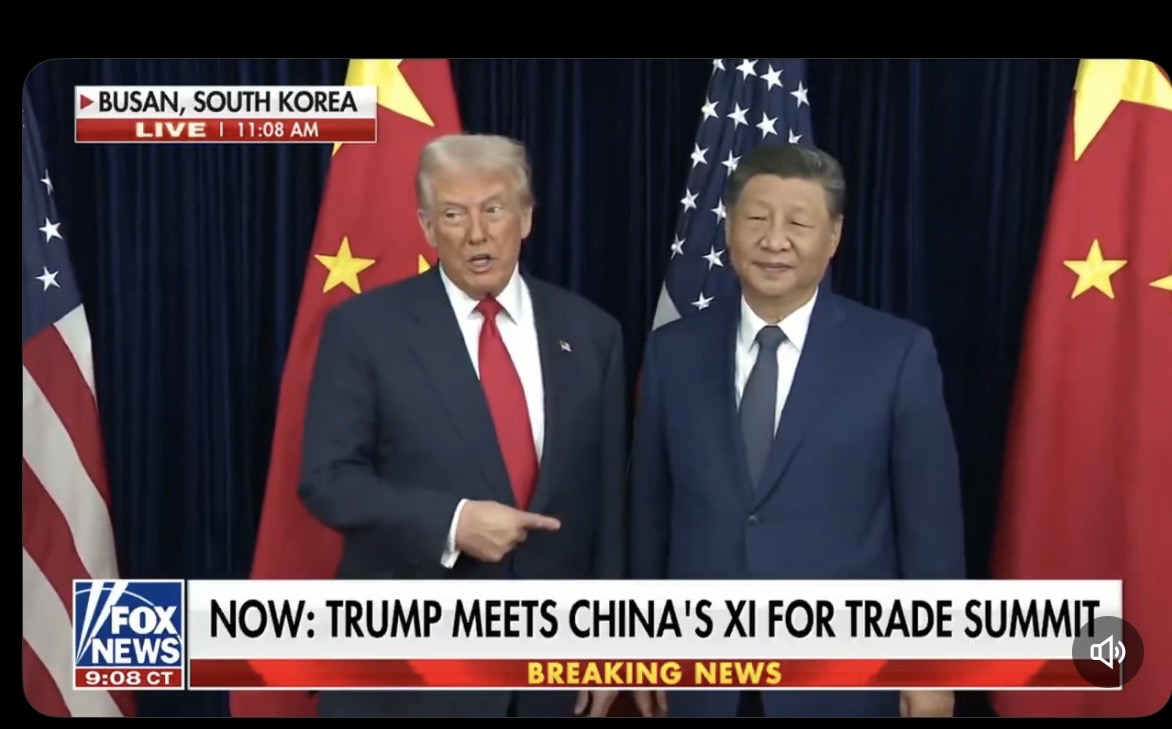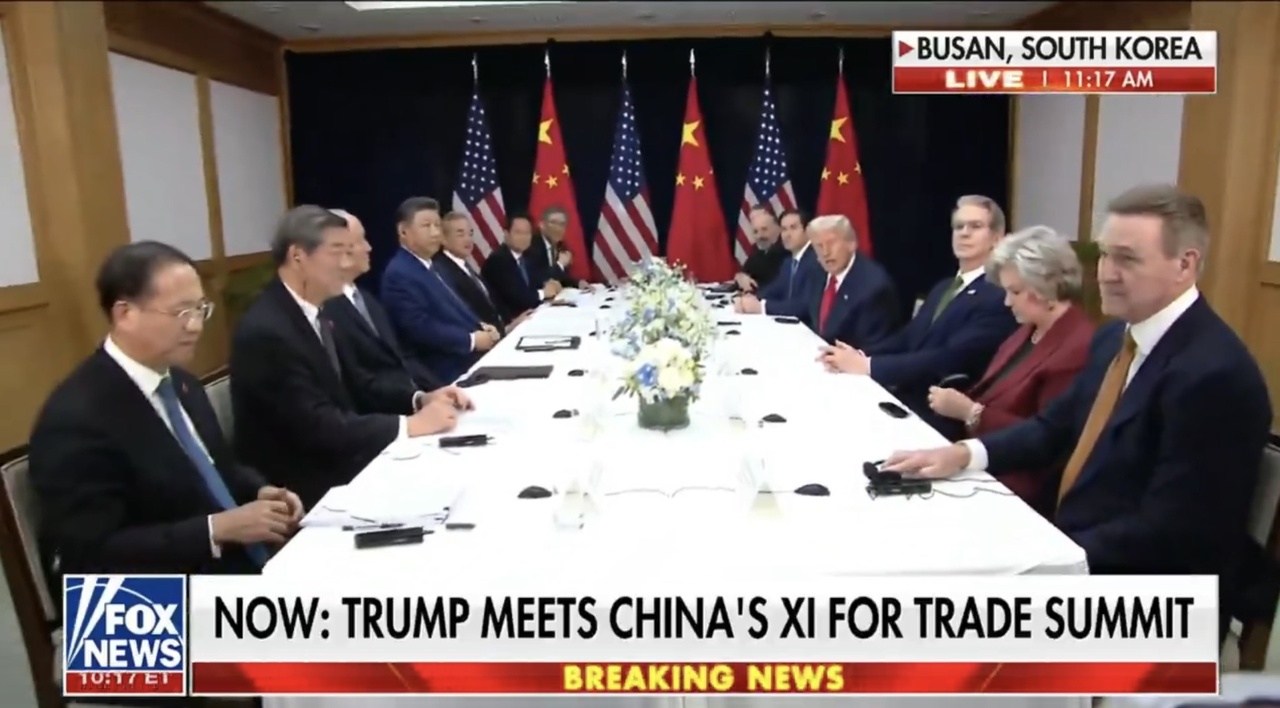Hello dear community,
Recently my portfolio and its logic was presented in an article by Business Insider and analyzed by Konrad Kleinfeld from SPDR. There was some exciting feedback, but of course I would also like to activate your swarm intelligence and get your feedback 🙂
First of all: Although I am pursuing a core-satellite strategy, the "satellite" does not aim to outperform, but is simply for fun and offers room for investments that do not fit into the logic of the core. The satellite consists largely of ETFs (e.g. in commodities, real estate, private equity, REITs, etc.), but only accounts for <10% of the overall portfolio and is not included here.
My goal is broad diversification that goes beyond a pure market capitalization-based index as well as long-term returns.
In doing so, I rely on a rule-based approach and diversify along factors based on the selection criteria of the indices. As I deliberately do not want to make any sector or regional bets in the "core", but instead focus purely on the selection criteria of the indices, the relatively significant dividend block serves to reduce the US lump, as high-dividend companies are more frequently found in Europe.
Since the portfolio is quite granular, the portfolio overview function would be very confusing, so I hope it is easy to understand in text form:
1. MSCI World Block (40%):
$SPPW (+0.2%) MSCI World (10%)
$XDEM (+0.88%) MSCI World Momentum (10%)
$XDEQ (-0.04%) MSCI World Quality (10%)
$XDEV (+0.63%) MSCI World Value (5%)
$WSML (+0.51%) MSCI World Small Cap (5%)
Momentum, Quality and Size in the sense of the "normal", market-capitalized MSCI World are weighted slightly higher, as they have historically performed better and should logically perform better in a long-term positive market environment.
2. emerging markets block (20%):
$SPYM (+0.14%) MSCI Emerging Markets (6.67%)
$SPYX (-0.35%) MSCI Emerging Markets Small Cap (6.67%)
$5MVL (+0.41%) MSCI Emerging Markets Value (6.67%)
⚠ There are currently no ETFs on the MSCI EM Quality and MSCI EM Momentum indices that are available in UCITS form and tradable in Europe. Therefore, the logic of the EM block does not yet exactly reflect the structure of the World block. As soon as these ETFs are available, the block will be adjusted accordingly. Consequently, the "normal" MSCI EM as well as the value factor and small caps are currently equally weighted here.
3rd Dividend block (30%):
$VHYL (+0.33%) FTSE All-World High Dividend Yield (5%)
$TDIV (+0.16%) Developed Markets Dividend Leaders (10%)
$ISPA (+0.41%) Global Select Dividend 100 (10%)
$ZPRG (-0.01%) S&P Global Dividend Aristocrats (5%)
As mentioned, this block serves 1) to reduce the US lump, is also distributing and thus provides cash flow, which 2) is used for rebalancing at the end of the year (so I don't have to spend any additional capital on this, which has a psychological effect for me) and 3) the monthly distributions motivate me to continue investing intensively. In addition, 4) the tax-free allowance is utilized without having to actively sell shares in the other "blocks". The top 10 holdings of the individual ETFs differ greatly here despite the common denominator of "high yield". However, the financial sector is a large lump. The weighting here is derived from the high yield and diversification in the sense of complementing the other "blocks" (i.e. little tech and little US).
4. hedge bonds (10%):
$IBCI (-0.07%) Euro Inflation Linked Government Bond (10%)
My equity allocation is (roughly) based on the rule "120 minus age", so 10% is currently left for bonds. The purpose of a bond block in the portfolio is stabilization and further diversification. With shares, I give a company capital, i.e. I become a stakeholder in the company. Corporate bonds have the same logic, because here I am also giving capital to companies. That's why I opted for government bonds in the eurozone. TIPS have performed comparatively well here in the past and the logic of inflation-linked interest rates also appeals to me.
📈 Additional considerations:
1. i deliberately do without the "Low / Min Volatility" factor, as i assume a rising market in the long term and would like to participate more in the positive phases instead of reducing the vola.
2) I don't see overlaps between ETFs as a problem, but rather as a deliberate overweighting of companies that fulfill several criteria at the same time. Of course, many companies currently overlap in the classic MSCI World and the Quality and Momentum variants. However, the selection criteria are different and as soon as a company no longer meets the quality criteria, for example, it automatically drops out of the index and the weighting is reduced without me having to actively do anything about it.
3) I have actively decided not to invest in a multi-factor ETF because I want to have transparent control over the allocation of the individual factors and many of the factor ETFs available combine the selection criteria underlying the individual factors in such a way that the corresponding product would have performed well in the past, which of course represents a hindsight bias and does not necessarily correlate with future performance.
💡 To those of you who have read this far:
First of all, thank you for your time! The portfolio is intended to dynamically reflect a section of the market that could develop positively in a diversified manner based on the different selection criteria of the indices, without taking bets on specific sectors or regions. What do you think of the allocation and the strategy? Do you see any room for improvement or things you would do differently?
Thanks for reading, showing interest and thinking along. 😊
#etfs
#portfolio
#portfoliocheck












